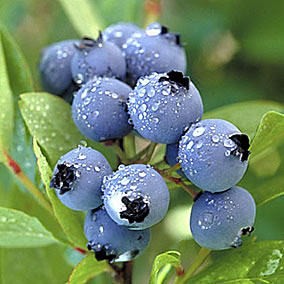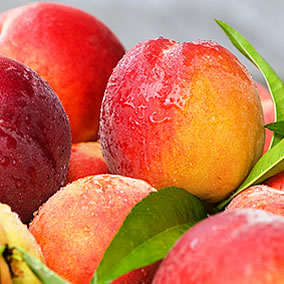What are Antioxidants
Antioxidants consist of a group of vitamins, minerals and enzymes that have health enhancing effects for our bodies. Antioxidants work to neutralize free radicals before they do harm to our bodies. Free radicals are atoms that cause damage to our cells. They harm our immune system leading to many degenerative diseases. Free radicals are formed by our cells being exposed to a variety of substances such as radiation, chemicals, pollution, smoke, drugs, alcohol, pesticides and sun and through various metabolic processes such as when our bodies utilize stored fat for energy. A poor diet also aids in the formation of free radicals.
Antioxidants work by donating an electron to free radicals to convert them to harmless molecules. This protects cells from oxidative damage that leads to aging and various diseases.
Many vitamins and minerals are antioxidants but not all antioxidants are equal. Some antioxidants are made in our cells, including enzymes and other molecules. Other essential antioxidants such as vitamin C, E and selenium must come from our diets.
Anthocyanins
The darker, deeper blue, and black fruits have the highest anthocyanin values, thereby contributing the most potent antioxidant sources. Anthocyanins (the pigment that makes blueberries dark blue) are powerful antioxidants. They contain naturally occurring plant chemicals called polyphenols with very high antioxidant characteristics. The darker fruits have the highest anthocyanin values.

Blueberries: The #1 Antioxidant Fruit
Blueberries are the fruits of a shrub that belong to the heath family, which includes the cranberry and bilberry as well as the azalea, mountain laurel and rhododendron. Blueberries grow in clusters and range in size from that of a small pea to a marble. They are deep in color, ranging from blue to maroon to purple-black, and feature a white-gray waxy “bloom” that covers the surface serving as a protective coat. The skin surrounds a semi-transparent flesh that encases tiny seeds. Anthocyanin (the pigment that makes blueberries blue) is thought to be responsible for its major health benefits.

Blackberries: The Healing Qualities
Blackberry fruit contain vast amounts of anthocyanocides, which are found in the pigment that gives the berries their color. Anthocyanocides are powerful antioxidants that help to reverse cell damage caused by free radicals, and are reported to be instrumental in preventing heart disease, cancer and strokes. Blackberry leaves are used in making blackberry tea and are used for treating non-specific acute diarrhea, as well as inflammation of the mouth and throat. It is also reported to be helpful in reducing blood sugar levels and is a good source of the vitamins C and E and the mineral, selenium.
Blackberries are also a natural souce of salicylate, an active substance found in asprin.
Blackberry Tea
To prepare blackberry tea allow 1 heaping tablespoon of dried blackberry tea leaves per cup of boiling water, cover, and steep 10 minutes. Strain and add honey or sugar to taste. You can combine equal amounts of dried mint and dried blackberry tea leaves as a combination.

Peaches
Peaches are a delicious way to get your 5-a-day. They are rich in phytochemicals called phenols that act as antioxidents and peaches are a great source of fiber, vitimins and minerals which we know are important to good health and good skin. Peaches are recommended for people suffering from rheumatism and gout.
